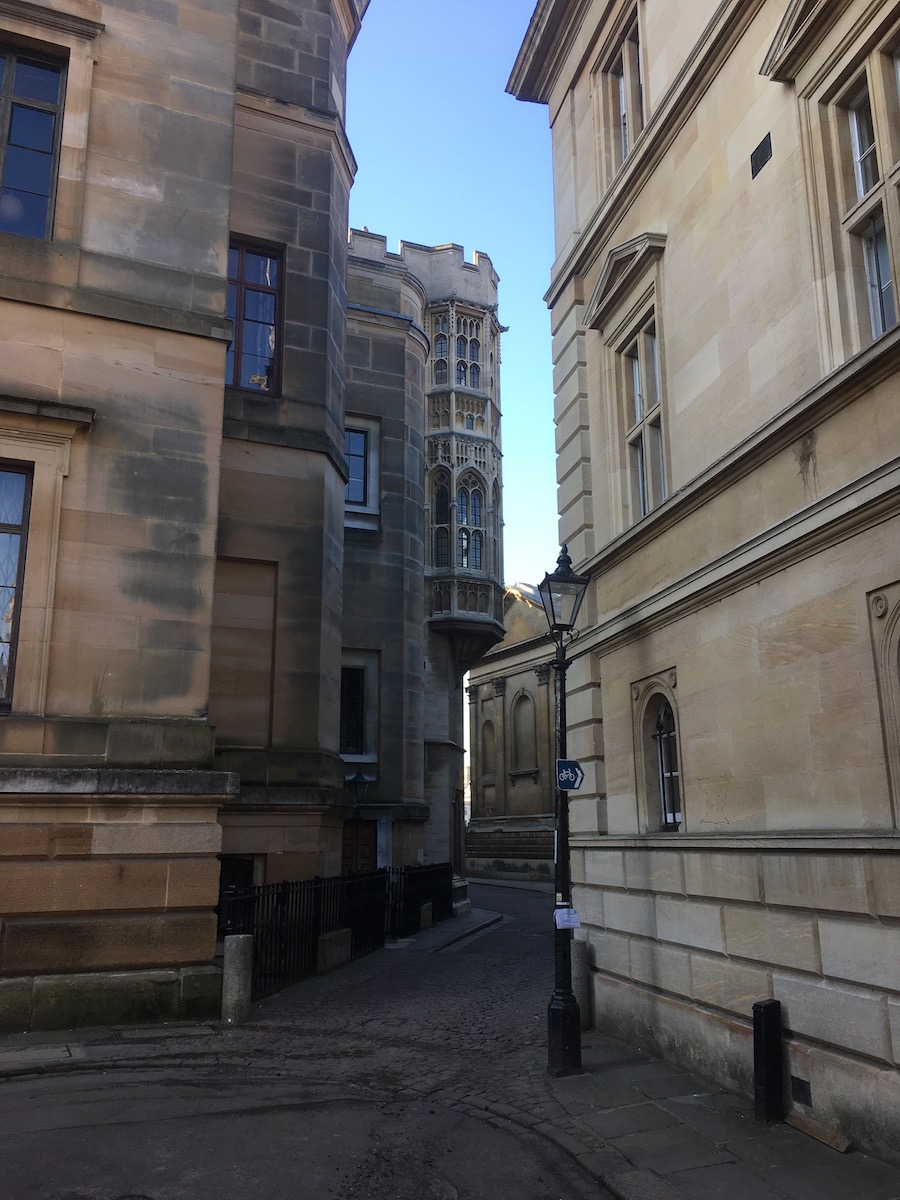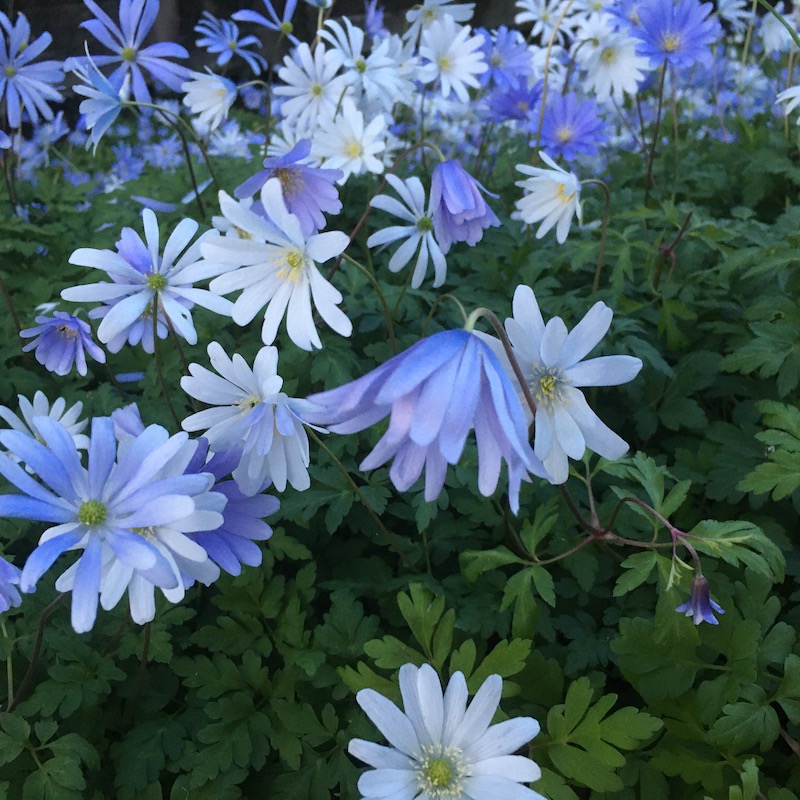07 Apr Cambridge deserted

Greetings from silent Cambridge in this time of plague. We thought you might like to see some pictures of our home town in its locked-down state. First though, a few words about nomenclature. The name of the virus and its associated disease are completely incommensurate with their gravity and effect on our lives, material and emotional. The virus in particular is one of those infuriating modern alphabetical pile-ups, impossible to say and signifying nothing. Surely we can do better? A friend is advocating use of ‘the foul pestilence’. It’s maybe a little non-specific to be wholly satisfying, but it beats anything else we’ve heard so far. We intend to deploy this phrase from now on, until something more concretely descriptive crystallises out of the collective consciousness. Do try it: it’s wonderfully cathartic.

Family members informed us yesterday that the Himalayas have started to be visible from Jalandhar, over two hundred kilometres away, for the first time in living memory. This is because of reduced air pollution during the lockdown. Here in Cambridge it is the same. In spring there is often a wonderful feeling of the cleanness and clarity of the air, but this springtime is more fresh than any I can remember.

The silence and emptiness are extraordinary. Even more than usual, it feels a privilege to live in this lovely place. In recent years a tidal wave of tourism has engulfed the centre of the town, to the extent that it is better to avoid it during business hours, and even more so at the weekend. At the same time the success of Silicon Fen has filled the streets with traffic. I’m fortunate that my bicycle ride to school and then on to work lies through the middle of town, and is undertaken so early in the morning that I often see the college buildings in the silent golden hour after dawn. But never have I seen anything like this utterly deserted city in the sparklingly clean air.

Some of the buildings are not that far off Himalayan in their majesty. Here is King’s College Chapel and the equally magnificent horse chestnut tree next to it, which is about to break into leaf. Right now though you can see how ancient and shambling it is, with its giant lower branches resting on the ground.

Although the town has not been overrun by peacocks, deer or goats, as in some other places (specifically Bombay, East London and Landudno), you feel as you walk that you might be entering territory under new ownership: the birds are inheriting the earth. Untroubled robins, blackbirds, great tits, and even wrens, usually so shy, busily forage for nest materials. High on the towers and spires the new masters, the crows and rooks, call loudly to one another, policing their domain.

The feeling it gives one, taking one’s government-mandated daily exercise through the empty streets, is absolutely uncanny. Here is Magdalene Street with its curious higgledy-piggledy shops, no two alike. It’s often difficult to appreciate fully because the street is so narrow and clogged with buses trying to pass one another. Now it is deserted. At the end of the row of buildings on the right you can just see the road going over the bridge that gave Cambridge its name. This is the old Roman Road from London, coming this way because this bridge was the last crossing place before the river met the sea, forty miles away. The road continued up what is now called the Huntingdon Road, and went on to Godmanchester, skirting the furthest western limit of the unnavigable and pathless fen.

The immense age of Cambridge is usually disguised by the hubbub in the streets. But in this new silence, the buildings are speaking. It is impossible not to think of all the events they have withstood. They say, comfortingly: ‘this too will pass”. Watching all the optimistic nest-building and the exuberant emergence of the flowers around the backs of the colleges, down by the river, it is possible to believe this. I have to confess to mixed feelings however: hoping for an end to the foul pestilence, I wish that it would not lead inevitably to the return of the tourists and the cars.


We identified Magdalene Street long ago as the ideal location of the Cambridge Imprint shop we hope one day to have. That aspiration will have to be on hold for a while. In the meantime, our online shop is still up and running, though with reduced personnel so that everyone can work safely. We’re very touched by the orders that continue to flood in. Please bear with us if your order takes a day or two longer than usual to arrive.
